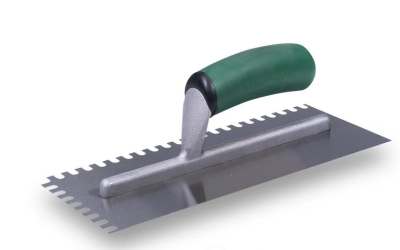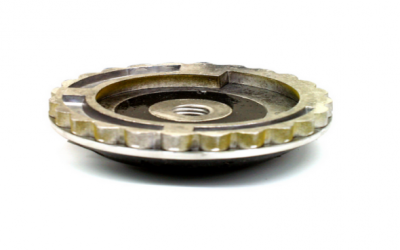Travertine is a natural stone, much like marble, which is a type of limestone formed when natural heat and pressure is applied. This stone is formed when minerals dissolve in the groundwater and get deposited on the earth’s surface by rivers and springs.
Since it’s a natural stone, travertine tiles come in a variety of earthy colors, like walnut, gold, cream, beige and ivory. Most of these striking and rich colors are formed due to the mixing of iron compounds and other impurities. Its visual appeal explains why travertine tiles are used quite commonly for flooring, wall coverings and countertops.
The ultimate look of the travertine tile really depends on the kind of the finishing it receives. Travertine tiles come in four different kinds of finish:
- shiny
- matte
- brushed
- tumbled
Tumbled surfaces are textured, and therefore they reflect minimum light. Tiles achieve a high degree of shine when they are polished well. This is the most common type of travertine tile available. The matte surface is quite popular in modern construction. Since it is available in different colors and textures, travertine tiles can be used differently in different areas of the house.
Although travertine tiles are beautiful to look at and as sturdy as marble, it is important to remember that the stone is porous. The minerals that form travertine tiles are highly reactive and they react with liquids like orange and lime juices. Therefore, spillage can lead to instant discoloration and staining. A major consideration when you use travertine tile is where you can install it so that it is least exposed to staining. Sealers can provide a degree of protection. Even so, it is advisable to use travertine tiles in areas where it is not exposed to acidic substances.
Travertine has been in use for construction purposes since ancient times. It is best used on concrete and brick walls. Often, it is also used on the pavement. Travertine is visually appealing and durable. Its natural hues are quite appealing to the eye. If placed on countertops, travertine tiles act pretty much like marble. They are sturdy and do not crack if you handle them with some amount of care. However, colors like cream and beige may stain quickly if they are used on countertops. If you do not do much cooking at home, travertine is excellent for the kitchen area. As a rule though, people abstain from using travertine in a kitchen or a heavily used bathroom.
Travertine tiles are natural and anything that is natural is bound to have some flaws in it. So, before you lay the tiles for your flooring, it is a good idea to have a ‘practice run’ of the floor. Lay the tiles on the surface so that you have a good idea of the variations in color and pattern. Since it’s a natural stone, you can expect changes in individual tiles.



